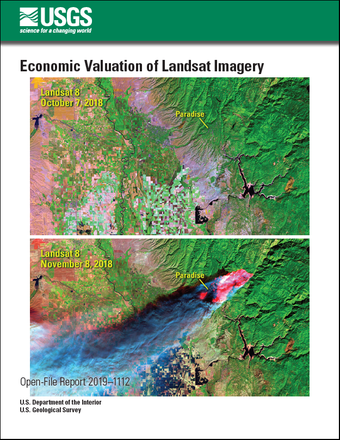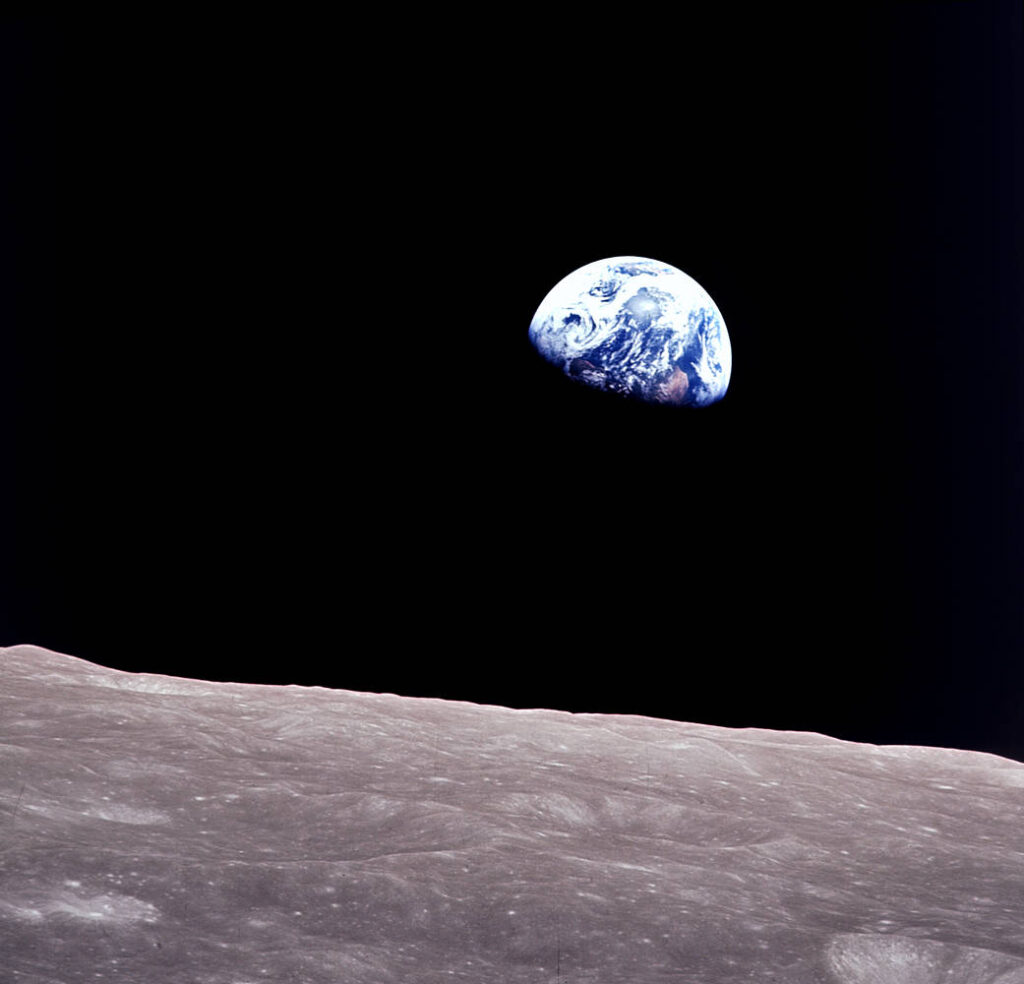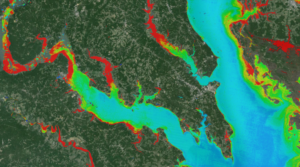Source: USGS Landsat

A new USGS report estimates an increase in the domestic and international economic benefits to society provided by the Landsat archive to about $3.45 billion in 2017, compared to $2.19 billion in 2011.
The analysis is based on the number of scenes downloaded from the USGS and the price that users would be willing to pay per scene. It does not include scenes downloaded by cloud vendors or other downstream economic benefits for things such as value-added products and environmental monitoring.
In addition to the economic benefit, the report also looked at what the consequences would be for charging for Landsat data. If the cost was just $56 per Landsat scene, the number of users would decrease by 50%. At $183 per scene, only 17% of current users would be willing to pay for the data. The report finds that “much of the societal value of Landsat stems from the free and open data policy that allows users to access as much imagery as is necessary for their analysis at no cost.”
Read the full report here: doi.org/10.3133/ofr20191112
Related reading:
+ New Report Values Economic Benefits of Landsat Archive at $3.45 billion, GIS Lounge






